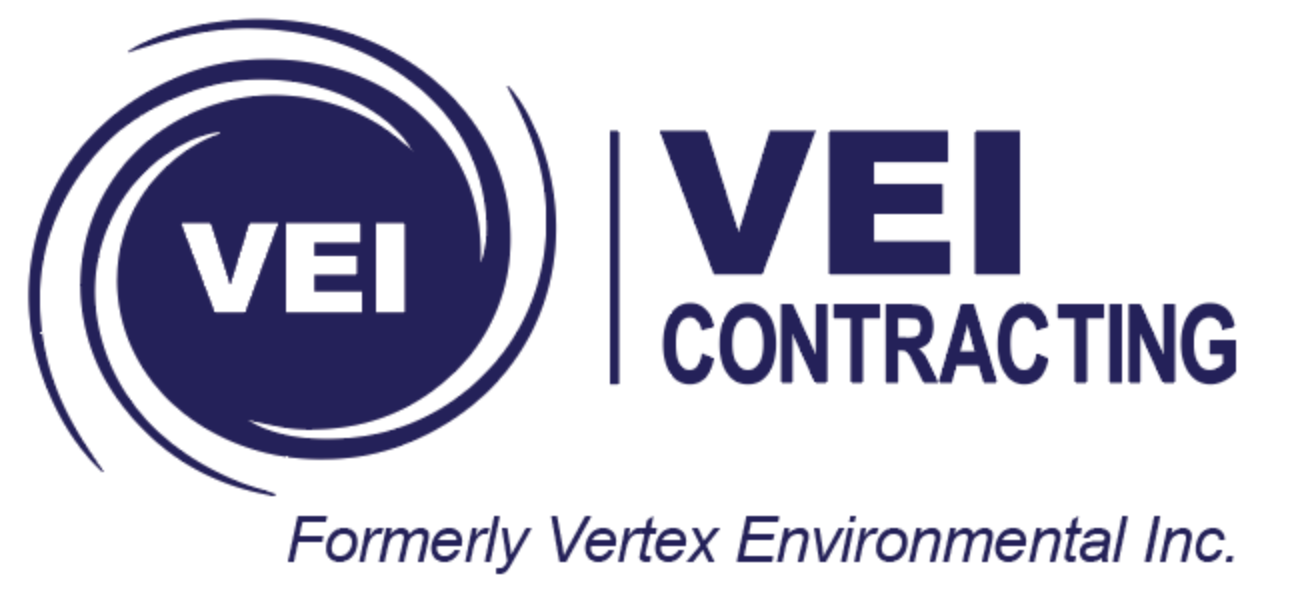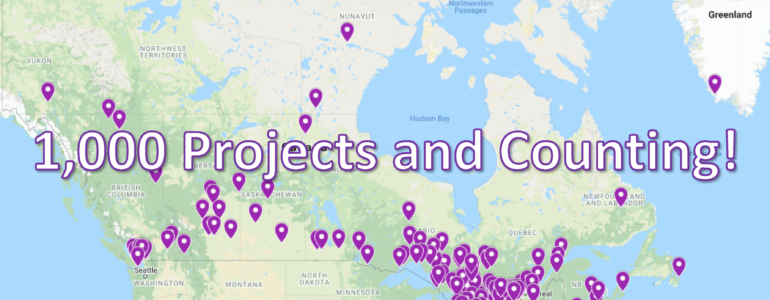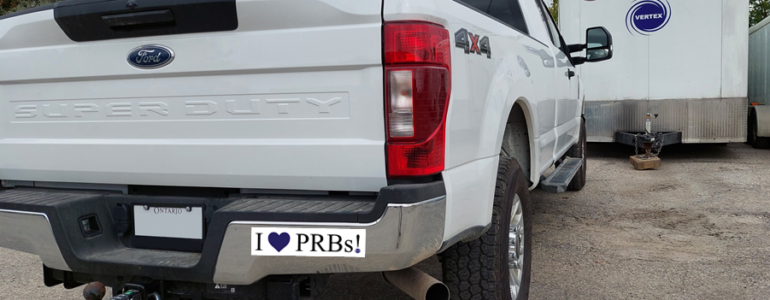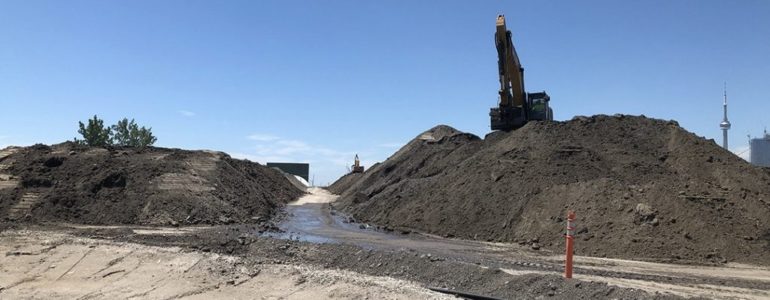In late February, Remediation Products, Inc. (RPI®) convened the first annual RPI® Group Worldwide Summit at Copper Mountain in Colorado, USA. In attendance were representatives of the RPI® Group including RPI® from Colorado, AST Environmental from Kentucky, Ejlskov A/S from
We Are Excited: 1,000 Projects and Counting!
We are very excited to announce that Vertex Environmental has reached a major Milestone – its 1,000th project! There has been a steady building of anticipation amongst staff over the past coupled of weeks leading up to this moment. Who
Winter is Coming (No Surprise), But That Doesn’t Mean Remediation Projects Stop (or Even Slow Down!)
We last reported on the capabilities of winter remediation work back in November 2016. You can still read that newsletter here. Have things changed since then? Well, some things haven’t changed but some things have changed dramatically! Some of
Bench-Scale Testing: Turning “Monster” Problems into Proven Solutions
Photo credit: https://honestlyyum.com/11652/evil-drink-lab/ We were working in the lab, late one night… Have you ever attempted (or heard of) an environmental remediation project where the approach selected was unable to meet remediation targets? Maybe you have encountered a site
Why We Love the New World of PRBs
What exactly are PRBs again? A Permeable Reactive Barrier, or PRB, is an engineered zone installed below ground to remediate contaminated groundwater plumes. The “Permeable” part refers to the fact that they allow groundwater to flow through unimpeded.
It’s Patio Season for Soil Microbes Too!
They’re just waiting for the table to be properly set The start of summer means sunshine and warm weather, drinks on the patio, and some tasty morsels to share with friends and family. But what if you got to the
A Winning Vision & Dewatering Woes
Bruce has Winning Vision! The Canadian Brownfields Network (CBN) has been presenting the HUB (Heroes Underpinning Brownfields) Awards since 2016. They’re given to recognize brownfielders who are making a significant contribution to the progress of brownfield redevelopment in Canada.
Overcoming Bedrock Remediation Challenges
“Rock Solid” Usually Isn’t and that Used to be a Real Challenge for Site Remediation Site remediation work often focuses on contamination present in soil and/or overburden groundwater. In-situ remediation of these media is relatively straight-forward using a variety of
Virtual SMART Remediation 2021! – Recap & Thanks!
As with many other events and activities this past year, SMART Remediation was forced to pivot and go virtual for the first time ever. Since we much rather meet in person for these types of events, and since most of
David Munro Joins the Vertex Team
Vertex is happy to announce that David Munro has recently joined our Construction Dewatering and Water Treatment Services team. David comes with six years of experience in the Construction Dewatering industry. Having started off as a field technician, David has










